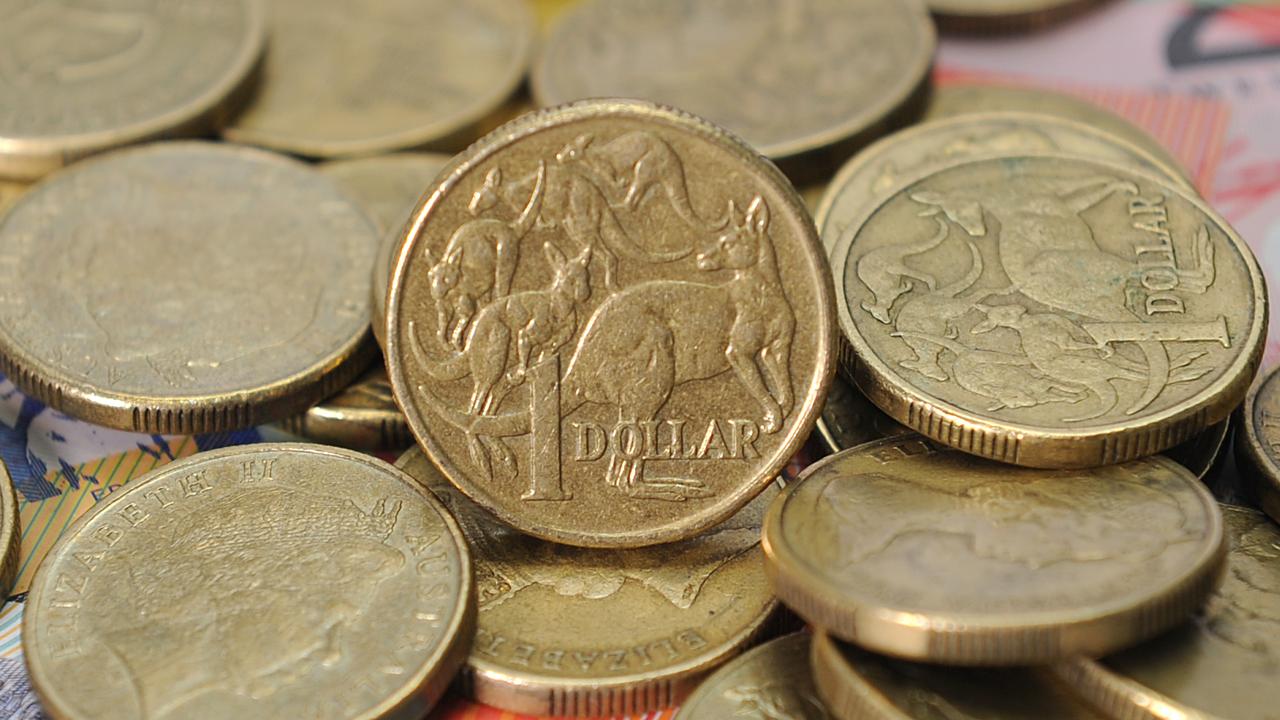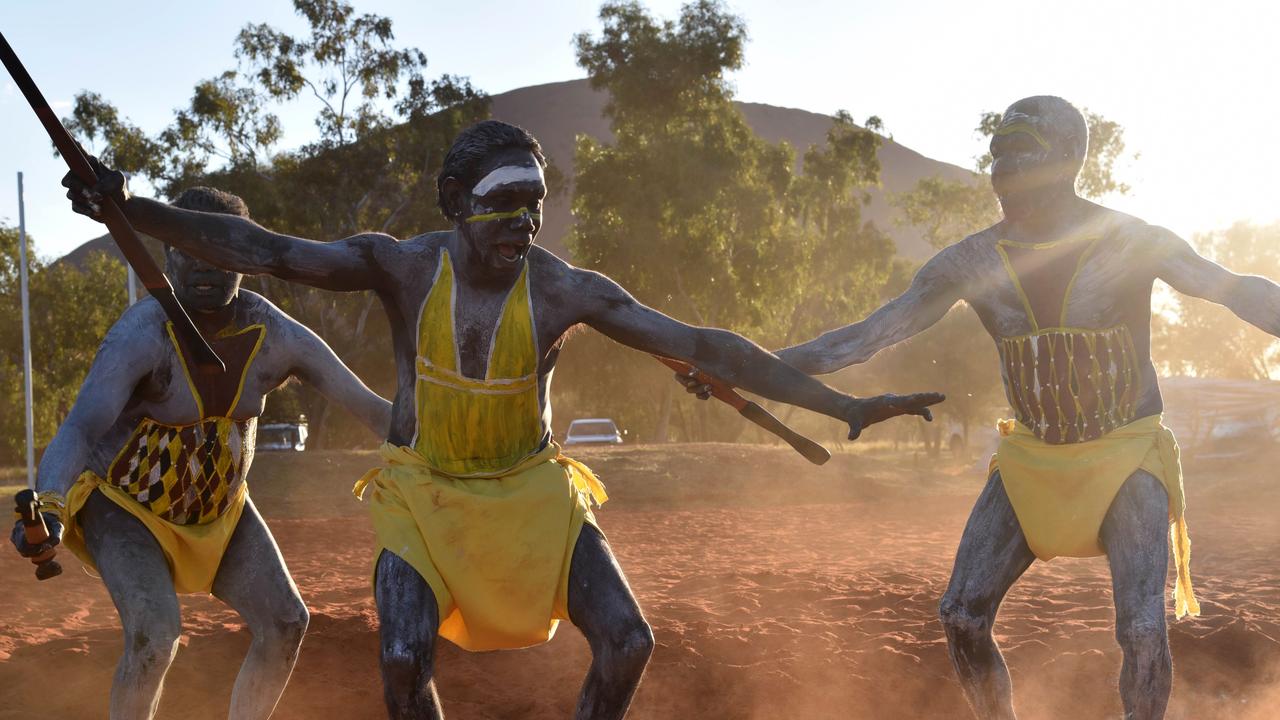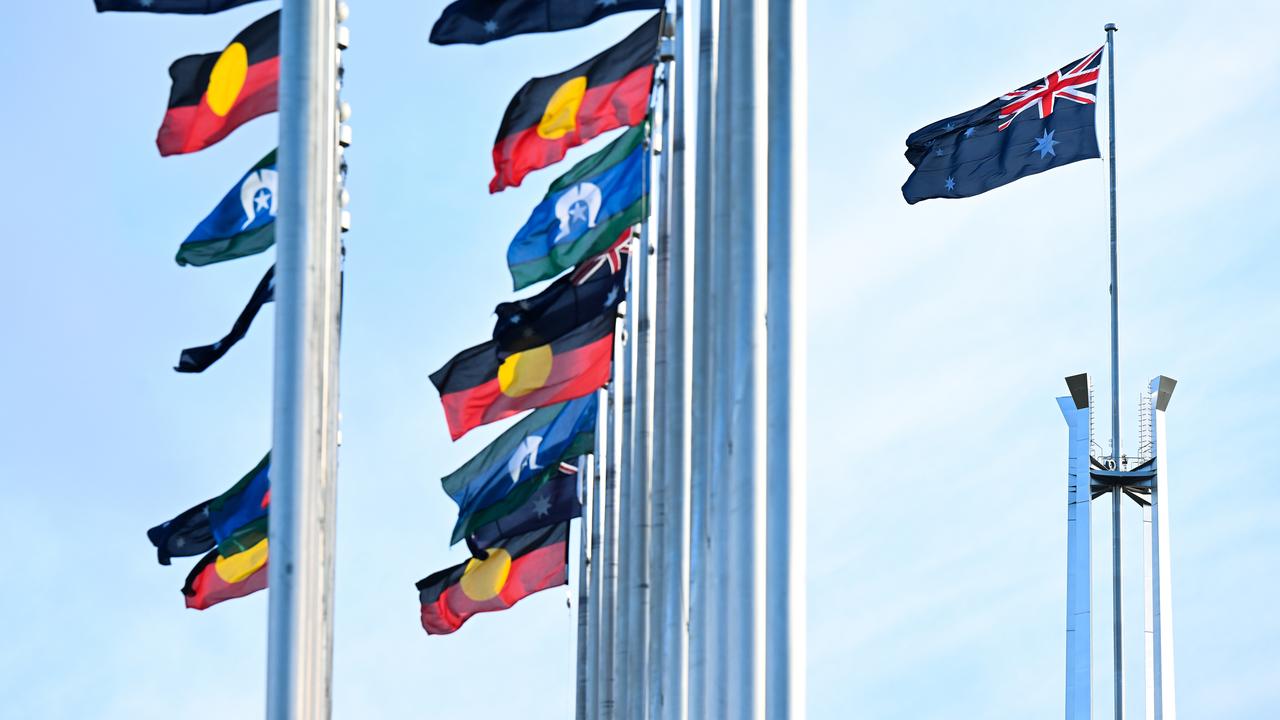WHAT WAS CLAIMED
Secret documents reveal Australians will be forced to pay rates, land tax and royalties to the Indigenous voice to parliament.
OUR VERDICT
Misleading. The documents are minutes from voice consultation meetings. The comments in question were made by individuals who attended those meetings.
An Instagram post claims that secret documents reveal Australians will be forced to pay various taxes and levies to the Indigenous voice to parliament.
It is said the plan, which includes an annual payment of a percentage of the country's Gross Domestic Product (GDP), was revealed in documents from the National Indigenous Australians Agency (NIAA).
This is misleading. The documents are minutes from 13 'regional dialogue' consultation events held in 2016 and 2017 which helped shape the Uluru Statement from the Heart. This in turn helped shape the voice proposal.
But the comments highlighted in the claim are not part of the voice proposal. Instead, they are the suggestions made by one group at one of the 13 consultation events, featured among more than 100 pages of minutes.
The Instagram post (archived) claims the NIAA was forced to release the plans following a Freedom of Information (FoI) request.

"The Indigenous 'Voice' to Parliament will entail 3 things," the post reads. "1) The Voice forces Australians into a 'treaty'. 2) The treaty means Australians pay a percentage of the GDP, that is the percentage of the entire nation's economy, to the Voice every year. 3) On top of that, Australians will be forced to pay 'rates/land tax/ royalties' to the Voice."
The NIAA did release the documents in response to an FoI request in March.
The minutes feature 112 pages of suggestions from around 1200 Indigenous people (p109) who were part of the national consultation process.
Priorities from the dialogues (page 9) were reported to a First Nations Convention at Uluru in May 2017. That meeting led to the 'Uluru Statement from the Heart', calling for an advisory Indigenous voice to parliament.

The suggestions raised in the Instagram post relate to a section of the minutes from the Hobart regional dialogue in December 2016.
Participants at the event split into five working groups with each discussing potential priorities for constitutional recognition.
The FoI documents state "working group five" proposed that the constitutional recognition process should be used "to progress treaty negotiations".
"Treaty must include: Land and sea rights / A fixed percentage of Gross Nation (sic) Product. Rates/land tax/royalties / Right to self-determination / Timeline to achieve / Aboriginal control," the working group said, according to the documents (Page 11).
However, a suggestion from one group at one consultation event is not the same as being an official feature of the voice.
This is supported by a summary (p105) of the minutes within the FoI document, which makes clear the differing views on treaty.
"There were different views about the priority as between Treaty and constitutional reform," the summary reads.
"For some, Treaty should be pursued alongside, but separate from, constitutional reform. For others, constitutional reform that gives Aboriginal and Torres Strait Islander people a voice in the political process will be a way to achieve Treaty.
"For others, specific constitutional amendment could set out a negotiating framework, and give constitutional status to any concluded treaty."

The Instagram post resembles a claim made about the same documents by Senator Jacinta Nampijinpa Price, previously analysed by AAP FactCheck here.
She described the minutes as "secret government documents" and also cited the GDP suggestion, among others.
In relation to the senator's claim, the NIAA said the documents "simply reflect the broad range of comments of participants involved in the process led by the Referendum Council in 2016 and 2017".
A representative added: "These documents were released consistent with the FoI Act … these are not 'secret documents' as claimed.
"Communiques for each of the regional dialogues were publicly released in 2016 – 2017. The conclusions drawn … are not factual and misrepresent the outcomes from the dialogues."
The Verdict
The claim that secret documents reveal Australians will be forced to pay rates, land tax and royalties to the Indigenous voice to parliament is misleading.
The documents are minutes from consultation meetings and the comments in question were made by one group at the Hobart event.
The consultations led to the Uluru Statement from the Heart, which helped shape the voice proposal.
Misleading – The claim is accurate in parts but information has also been presented incorrectly, out of context or omitted.
AAP FactCheck is an accredited member of the International Fact-Checking Network. To keep up with our latest fact checks, follow us on Facebook, Twitter and Instagram.












